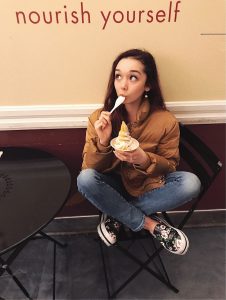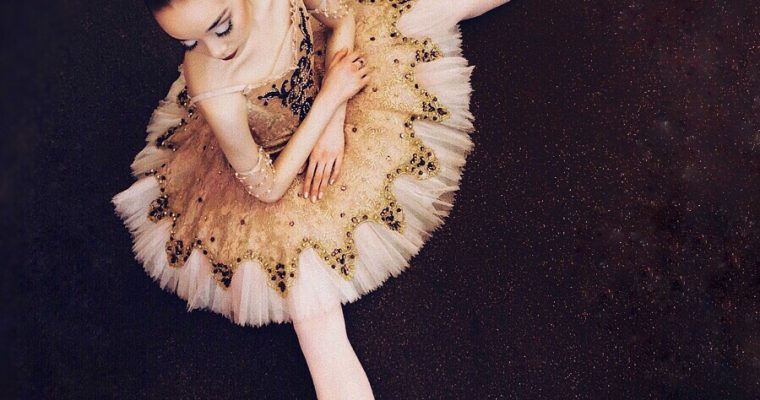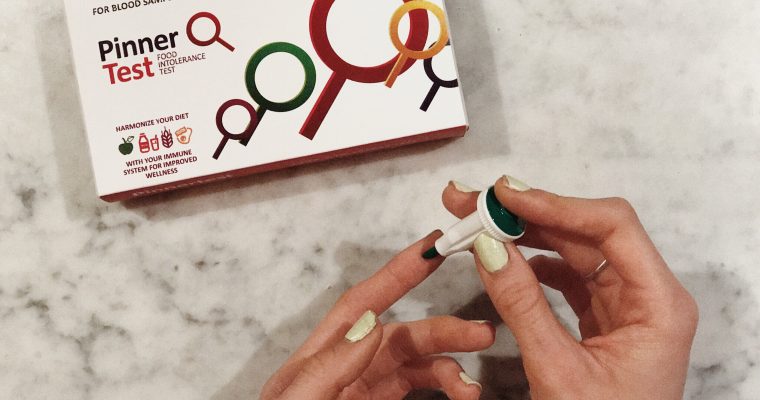Importance of Nutrition for Dancers: Easy and Healthy Dancer Diet Staples and Recipes
Based on research done in my survey of other dancers’ diet regimes, it appears that many choose to eat out simply because it is the easiest and fastest option to fuel themselves. Not to mention, some said that they relied on takeout because they were…





















